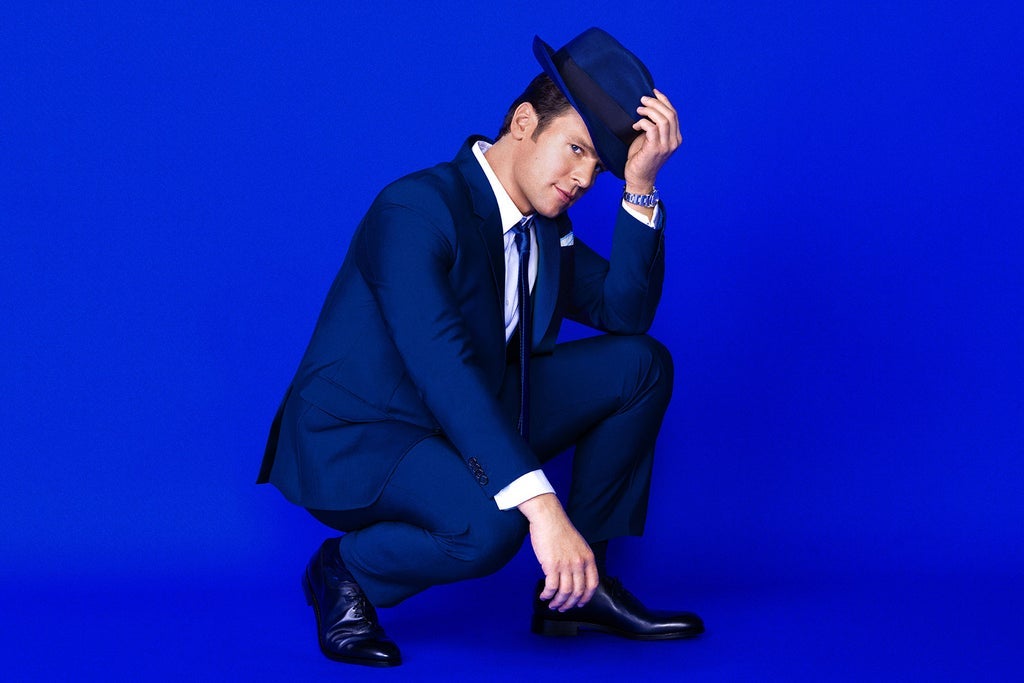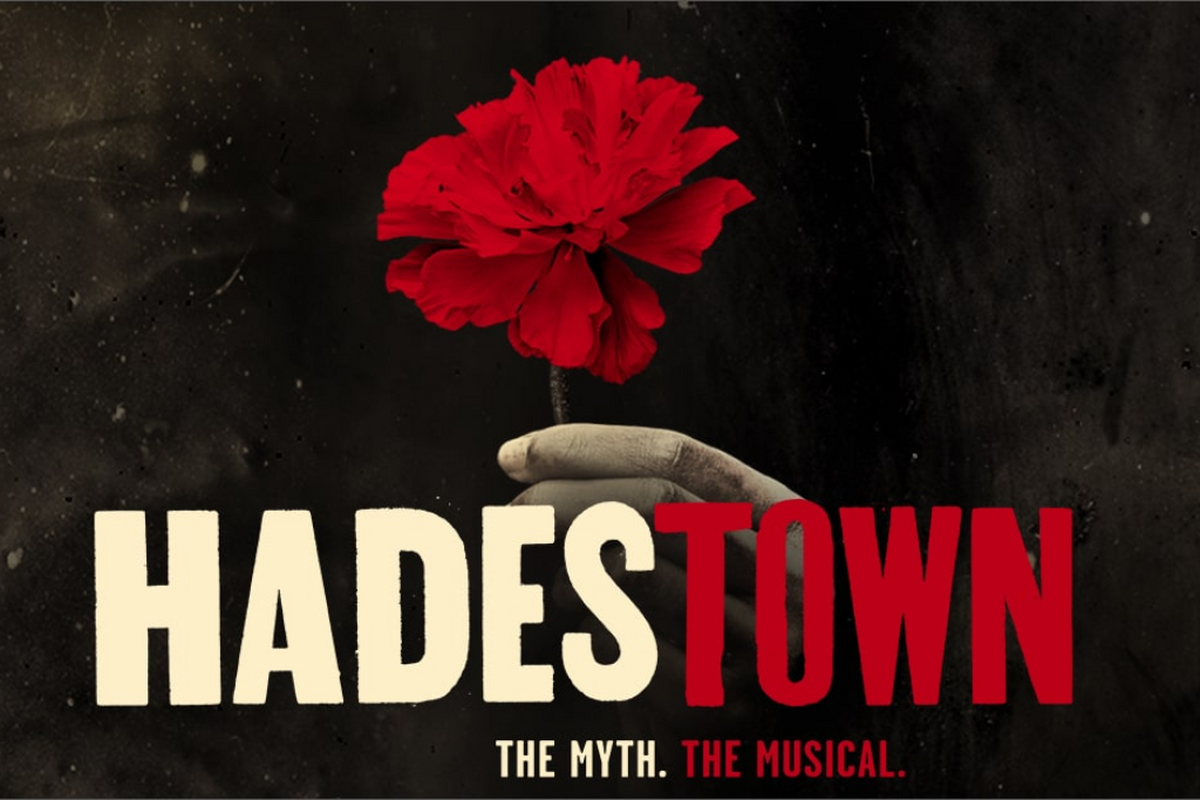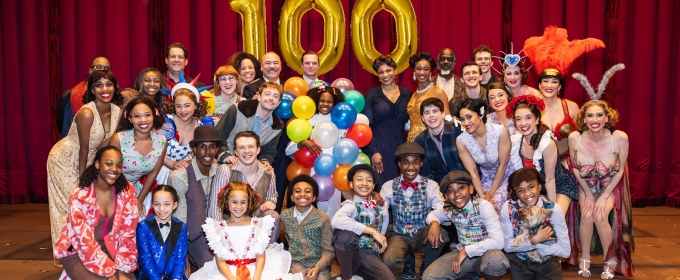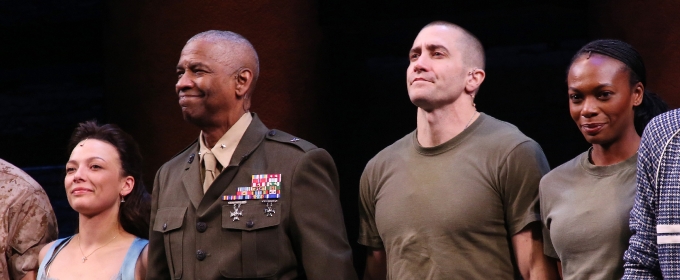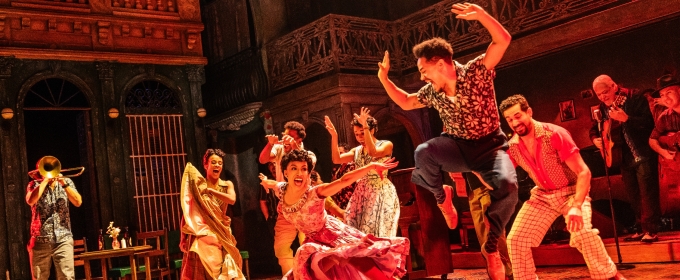Trending Stories
Recommended for You
Review Roundup: Sarah Snook Stars In THE PICTURE OF DORIAN GRAY On Broadway
This new adaptation is written and directed by Kip Williams.
John Krasinski Will Lead ANGRY ALAN Off-Broadway
Sam Gold will direct the limited 10-week engagement.
Meet the Cast of FLOYD COLLINS, Now on Broadway
The production opens on Monday, April 21 at the Vivian Beaumont Theater.
Broadway Grosses: Week Ending 3/23/25 - GOOD NIGHT, AND GOOD LUCK Starring Clooney Tops the List
The top 5 highest grossing shows include OTHELLO, GLENGARRY GLEN ROSS and more.
Ticket Central
Industry
West End

Video: Myles Frost Reprises Tony-Winning Role In MJ THE MUSICAL West End
Check out Myles reprising the role that made him a star in video from the new production as he and the show's ensemble perform, 'What About Us?'
Check out Myles reprising the role that made him a star in video from the new production as he and the show's ensemble perform, 'What About Us?'
New York City
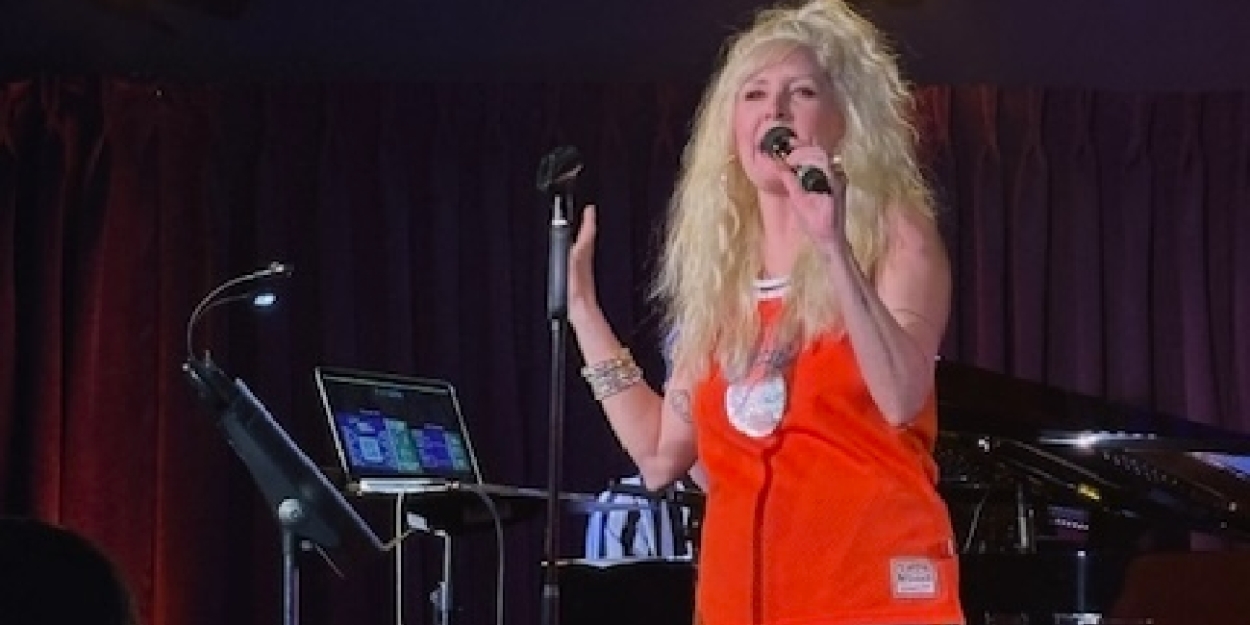
Review: Natalie Joy Johnson Brings the Madness of March to The Green Room 42
The chanteuse brings fun and frolic to NYC
The chanteuse brings fun and frolic to NYC
United States
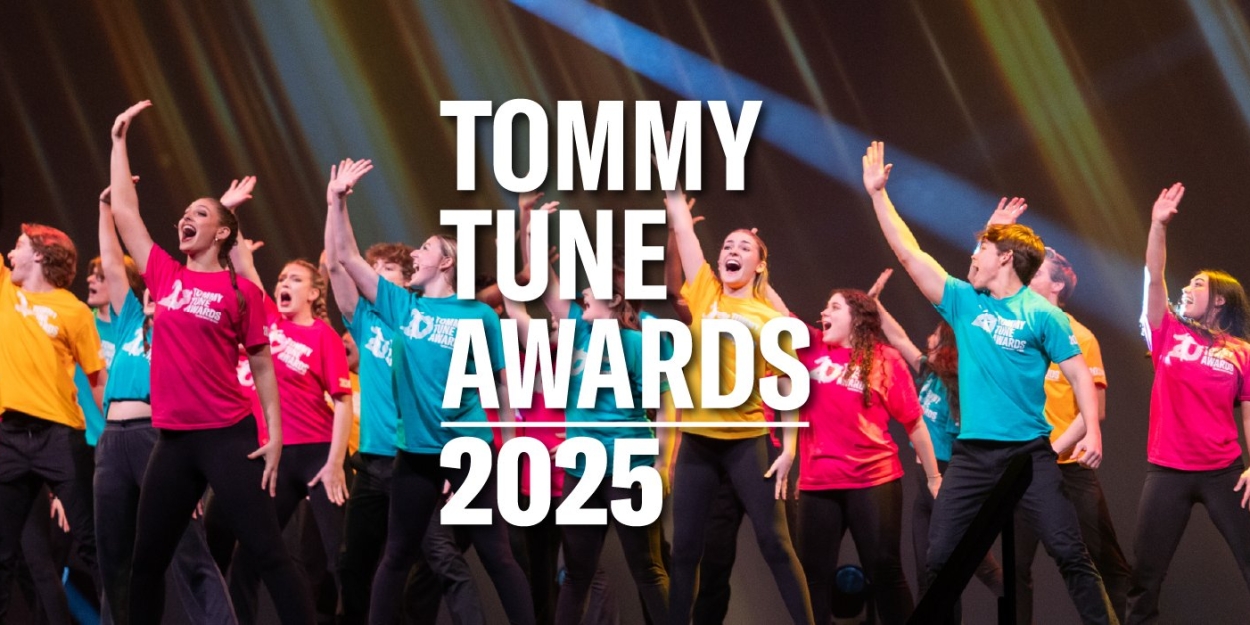
Theatre Under The Stars Announces The Finalists For The 2025 Tommy Tune Awards
The 2025 Tommy Tune Awards will be held on June 6 at 7 p.m. at the Hobby Center for the Performing Arts.
The 2025 Tommy Tune Awards will be held on June 6 at 7 p.m. at the Hobby Center for the Performing Arts.
International

Review: BLACK COFFEE at Theatre On The Bay
The show runs from 19 March until 26 April, before transferring to Montecasino Theatre from 30 April until 1 June, 2025
The show runs from 19 March until 26 April, before transferring to Montecasino Theatre from 30 April until 1 June, 2025






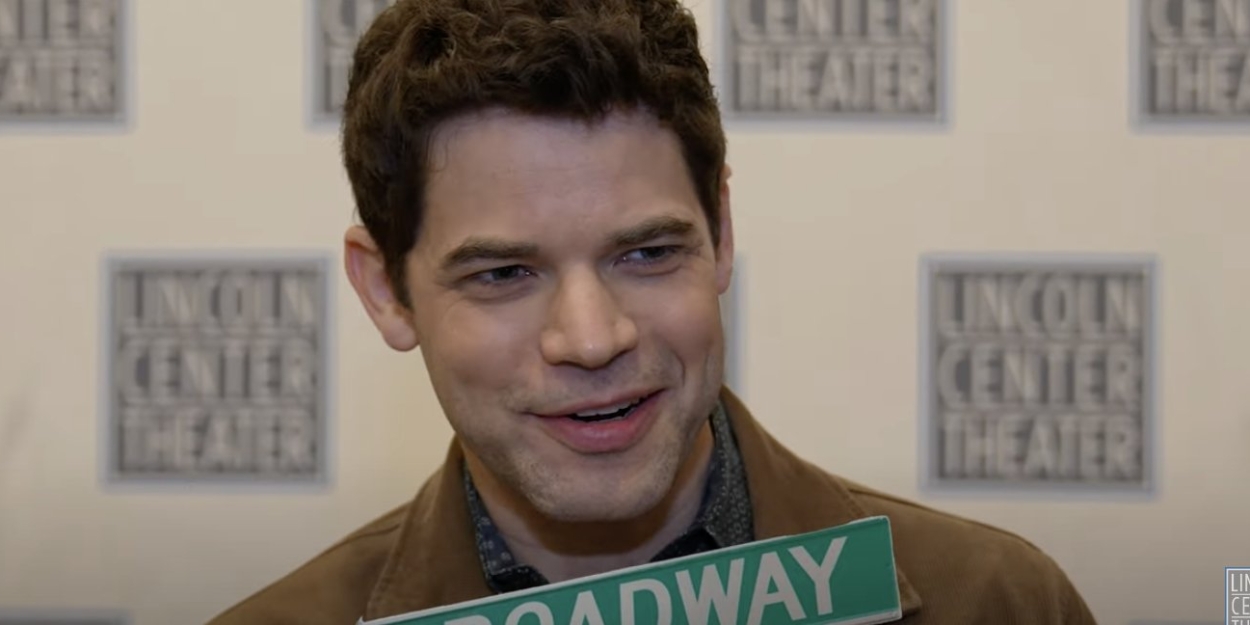










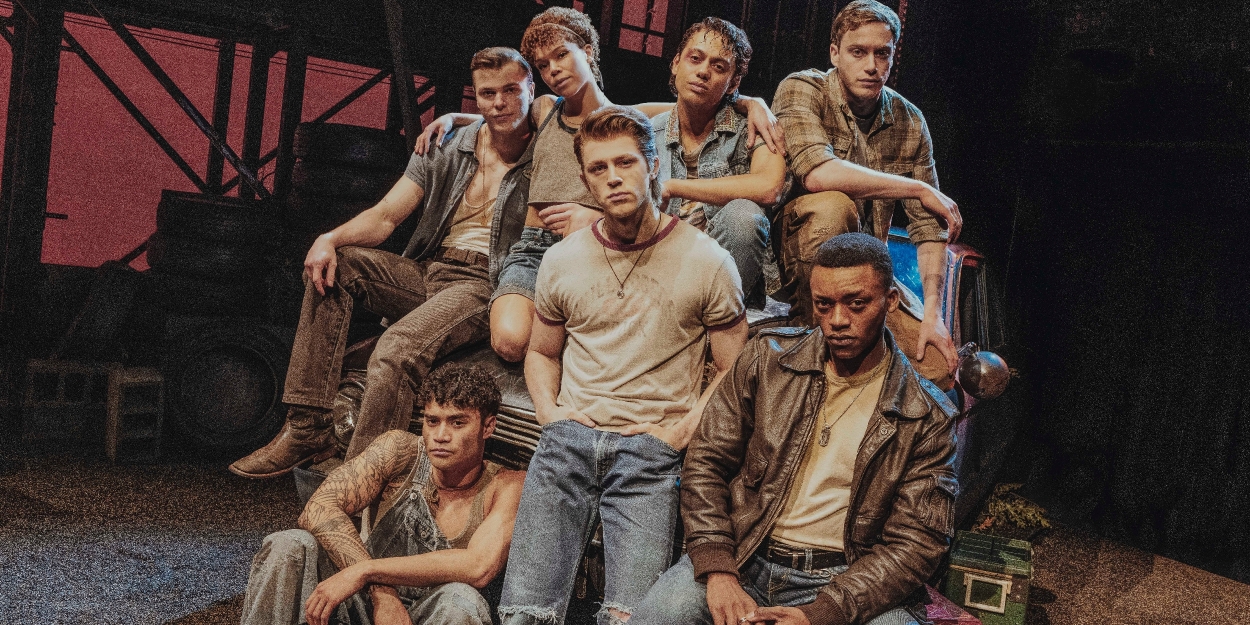



















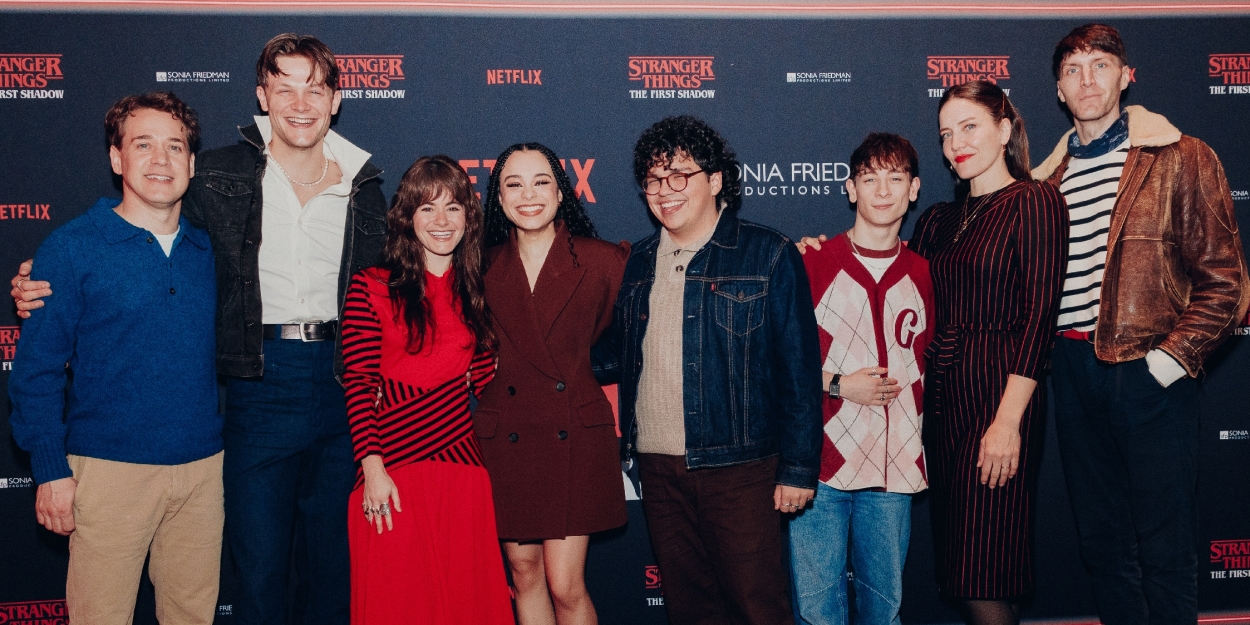






.jpg)


